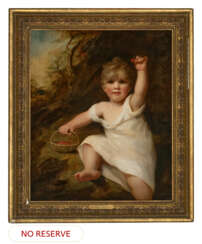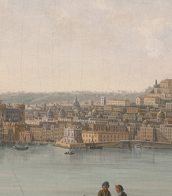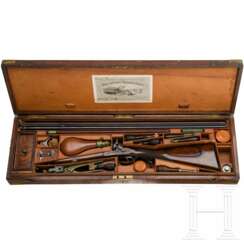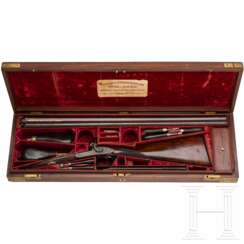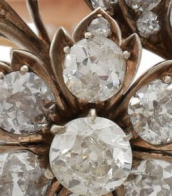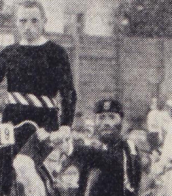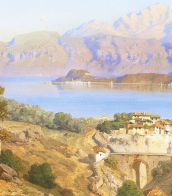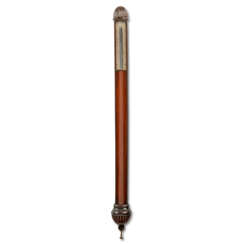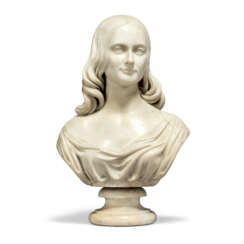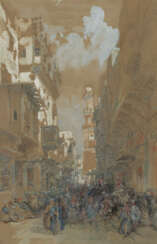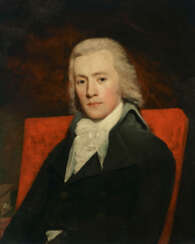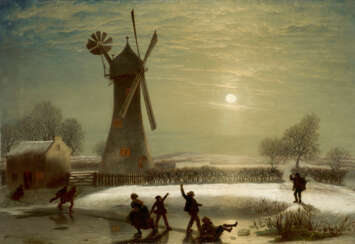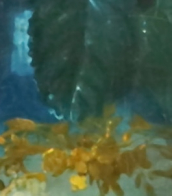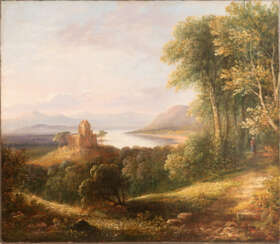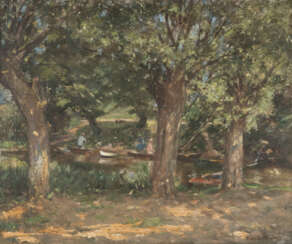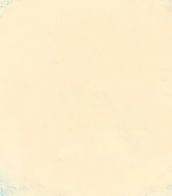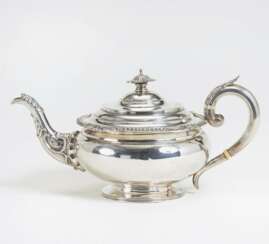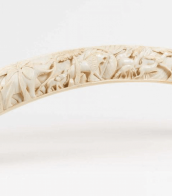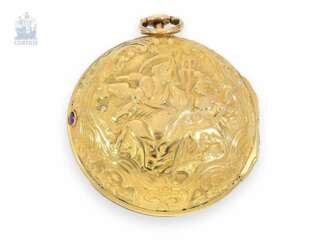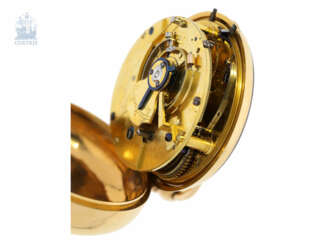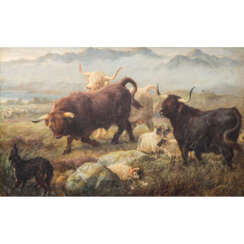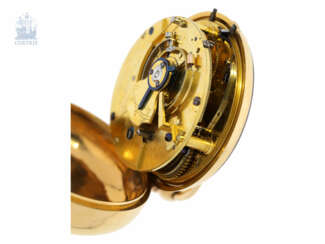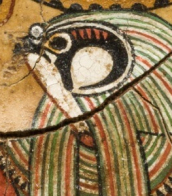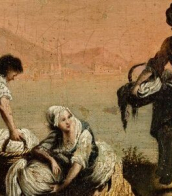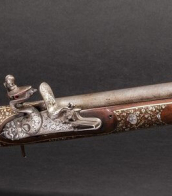edinburgh
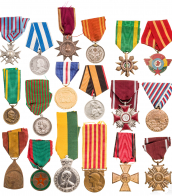


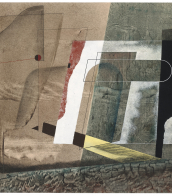
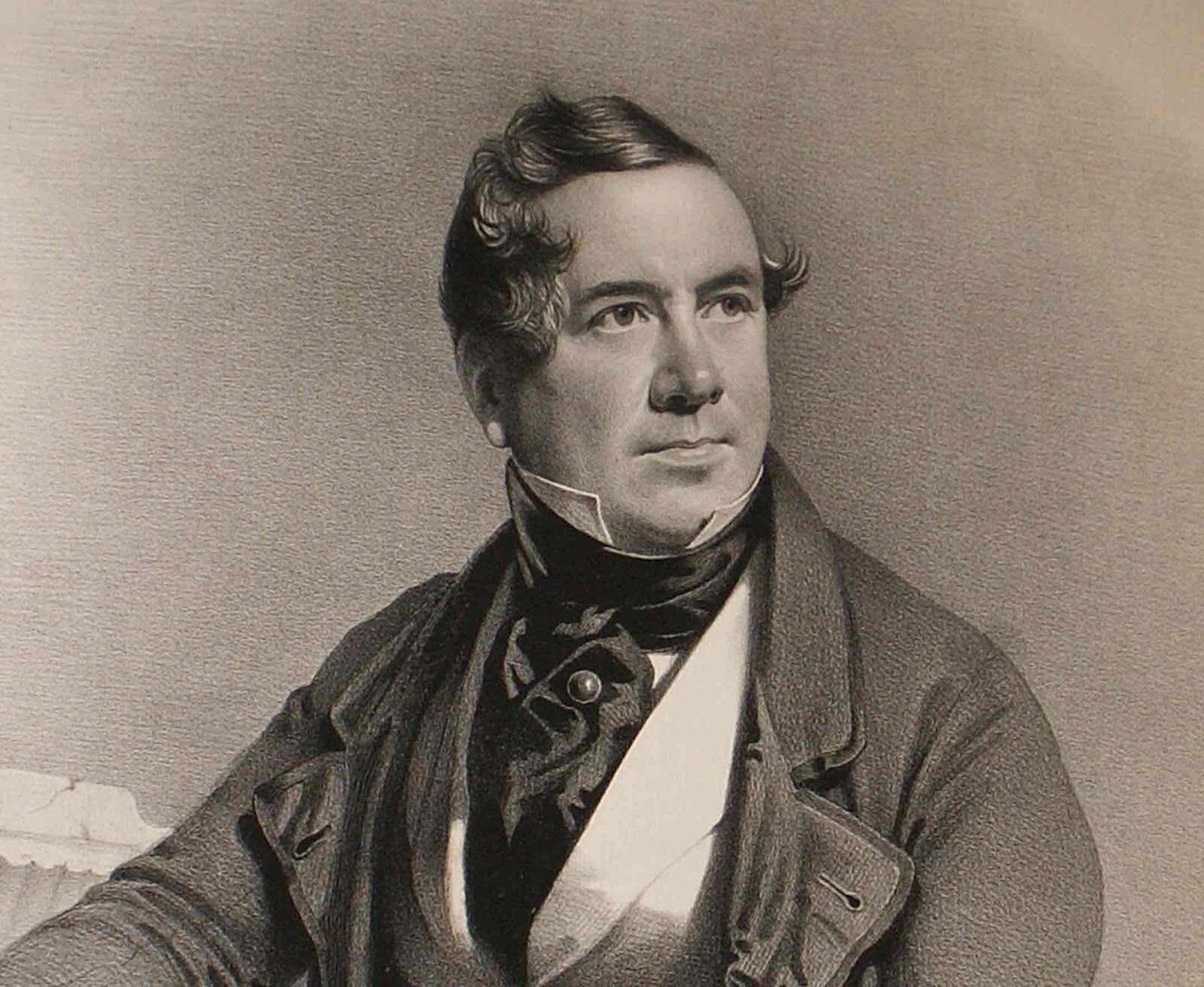
David Roberts was a Scottish painter and a member of the Royal Academy.
Since 1819, David Roberts worked as a scenographer in various theaters, where his creative potential was appreciated. Inspired by the positive feedback, some time later he seriously engaged in painting. After the first exhibition of works, held in 1824, the artist went on a trip. He visited several countries in Europe, where he created many drawings. In 1833, David Roberts continued to explore the world: he went to Spain, where he spent almost a year, also had time to visit Morocco, lived in Cairo for a long time and made sketches everywhere. Subsequently, his works were published in various magazines, and the author gained fame as a talented illustrator. In 1841, the artist became a member of the Royal Academy.
In the 1840s, an album with his works was published, thanks to these publications, David Roberts became the most famous painter of the Victorian era. The artist also skillfully depicted monuments of architecture. David Roberts' paintings are striking in their photographic accuracy, and he is still considered one of the best architectural painters in his homeland.

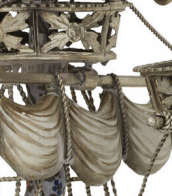
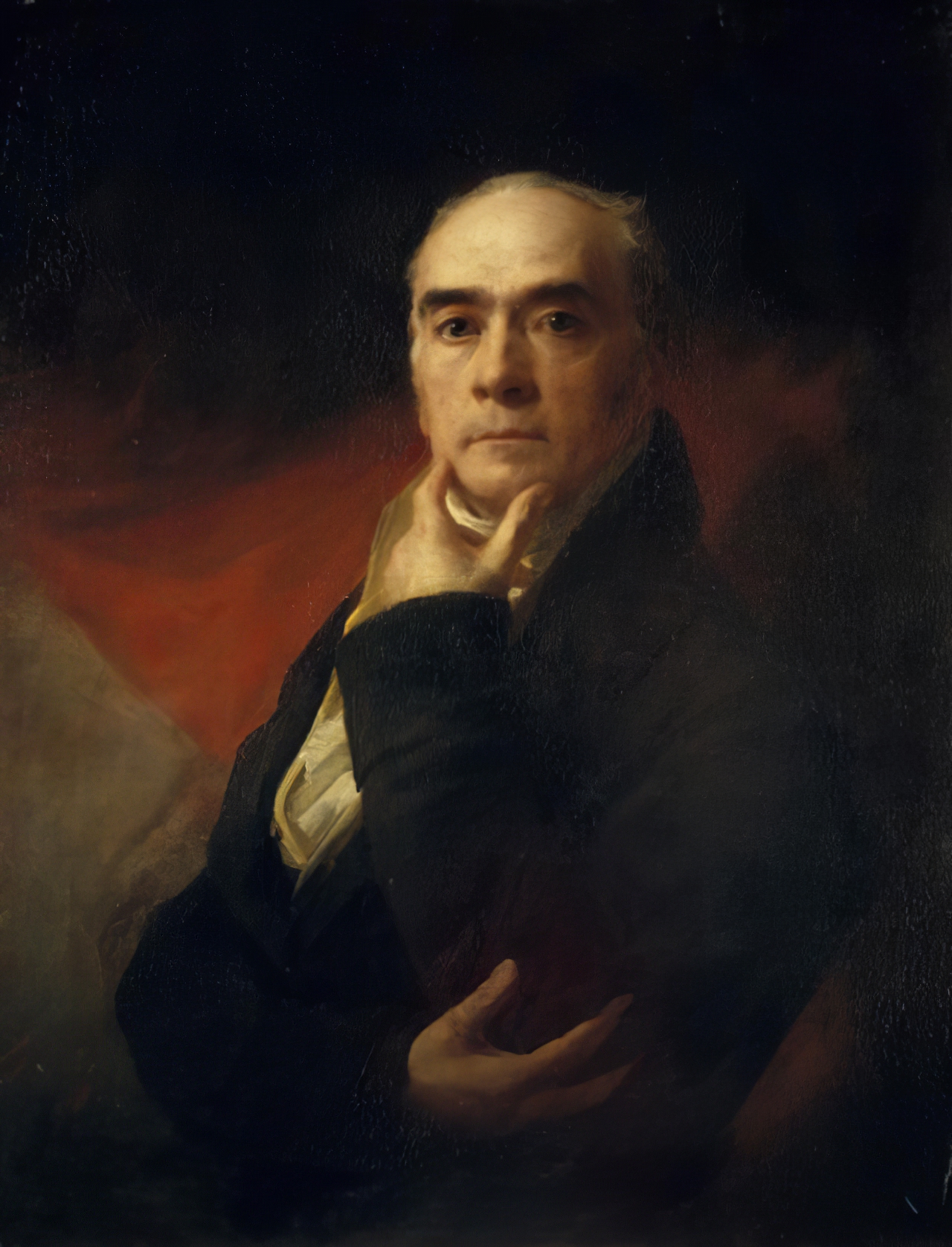
Henry Raeburn was a Scottish portrait painter. He served as Portrait Painter to King George IV in Scotland.

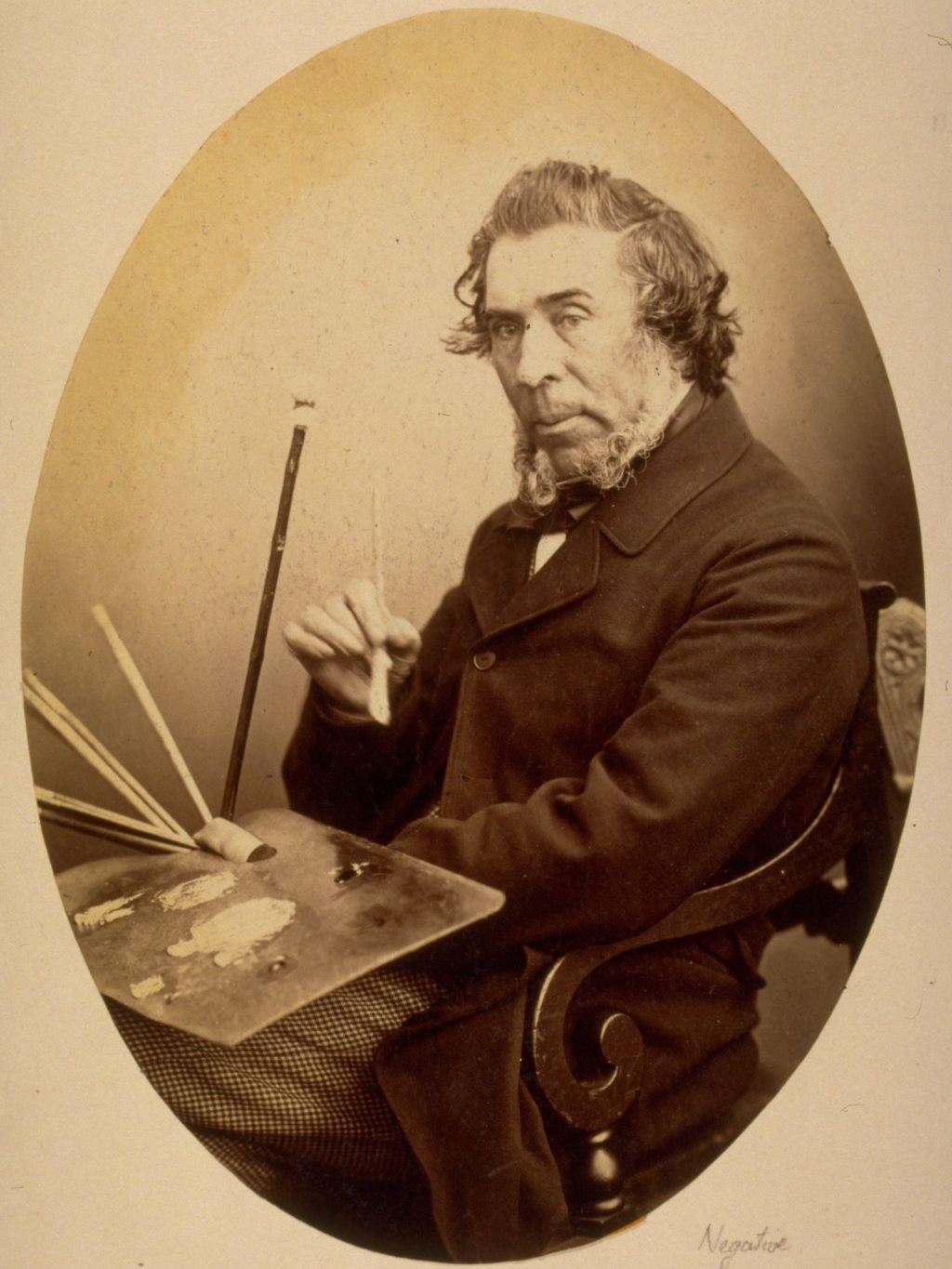

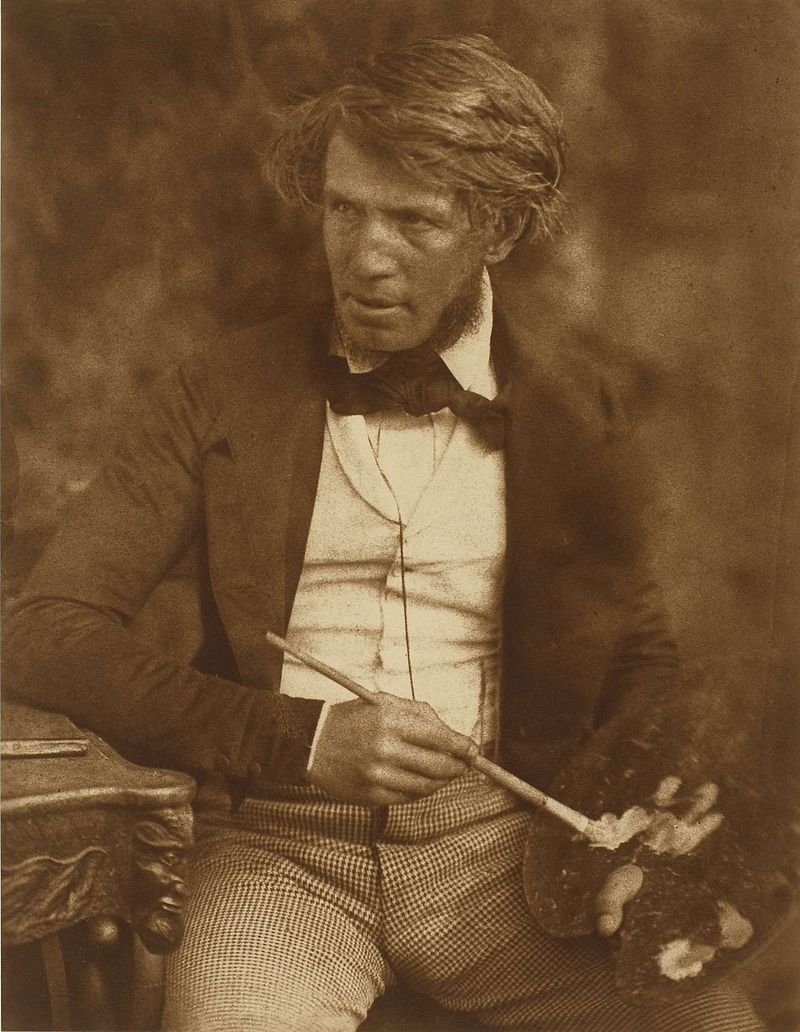
Horatio McCulloch was a Scottish landscape painter.

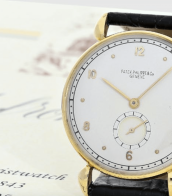
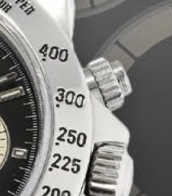
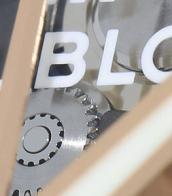
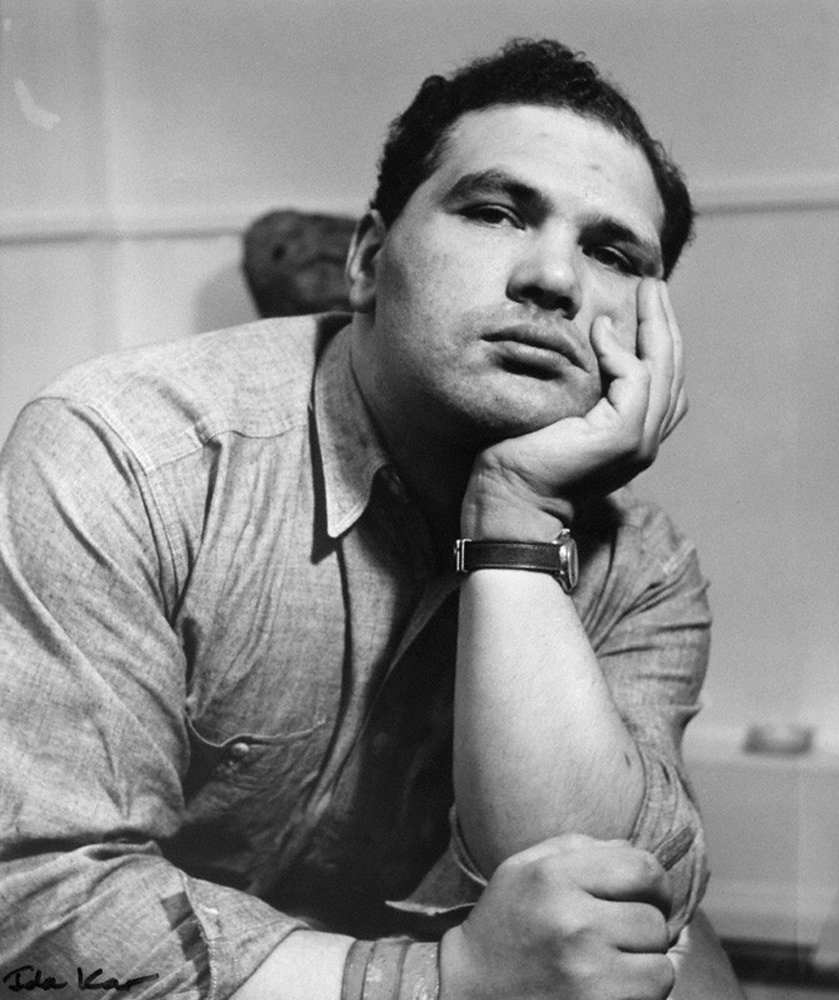
Eduardo Paolozzi was a Scottish artist renowned for his pioneering contributions to the Pop Art movement. His work, characterized by an amalgamation of popular culture references and technological imagery, played a significant role in shaping the visual arts landscape of the 20th century. Eduardo Paolozzi's graphic works, particularly from the 1960s, broke new ground in the silkscreen medium, with notable series such as "As Is When" and "Moonstrips Empire News" showcasing his innovative approach to art that combines elements of science, technology, and pop culture.
After a transformative period in Paris, where he interacted with key figures of the Surrealist movement, Eduardo Paolozzi returned to the UK, where he became a central figure in the formation of the Independent Group. This collective was instrumental in the development of British Pop Art, with Paolozzi's early collages, especially "I Was a Rich Man's Plaything," marking a seminal moment in the genre's emergence.
His artistic ventures were not confined to printmaking and collage; Eduardo Paolozzi's sculptures and mosaic murals, such as those for Tottenham Court Road tube station in London, also garnered acclaim for their intricate detail and thematic complexity. The artist's influence extended into his academic roles, where he nurtured future generations of artists.
Eduardo Paolozzi's legacy is preserved through extensive collections and exhibitions, such as at the National Galleries of Scotland, which holds a significant number of his works. This includes a recreation of his studio, providing insight into his creative process and the diverse influences that shaped his art.
For enthusiasts and collectors keen on delving deeper into Eduardo Paolozzi's world, signing up for updates can offer exclusive access to sales and auction events related to his works. This ensures that aficionados stay informed about opportunities to engage with the art and legacy of this influential figure.
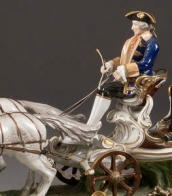
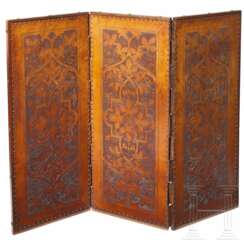



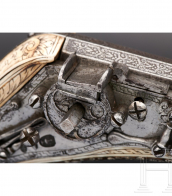
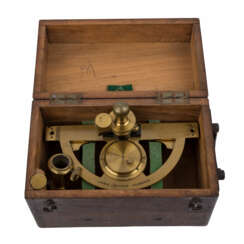

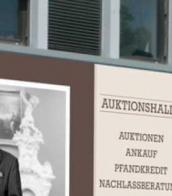
![Captain Thomas Brown | Illustrations of the American ornithology. Edinburgh, [1831]-1835, the dedicatee’s large-paper copy with superior colour](/assets/image/picture_3530891/4356c/d3pq3zhiust9qkvqz2se-qhtxbvjr0elnkb4s60nr-ccr4t6aso8gqamujl2v1698991970jpg__fix_374_244.jpeg)
![Captain Thomas Brown | Illustrations of the American ornithology. Edinburgh, [1831]-1835, the dedicatee’s large-paper copy with superior colour](https://veryimportantlot.com/assets/image/picture_3530891/4356c/d3pq3zhiust9qkvqz2se-qhtxbvjr0elnkb4s60nr-ccr4t6aso8gqamujl2v1698991970jpg__fix_374_244.jpeg)
